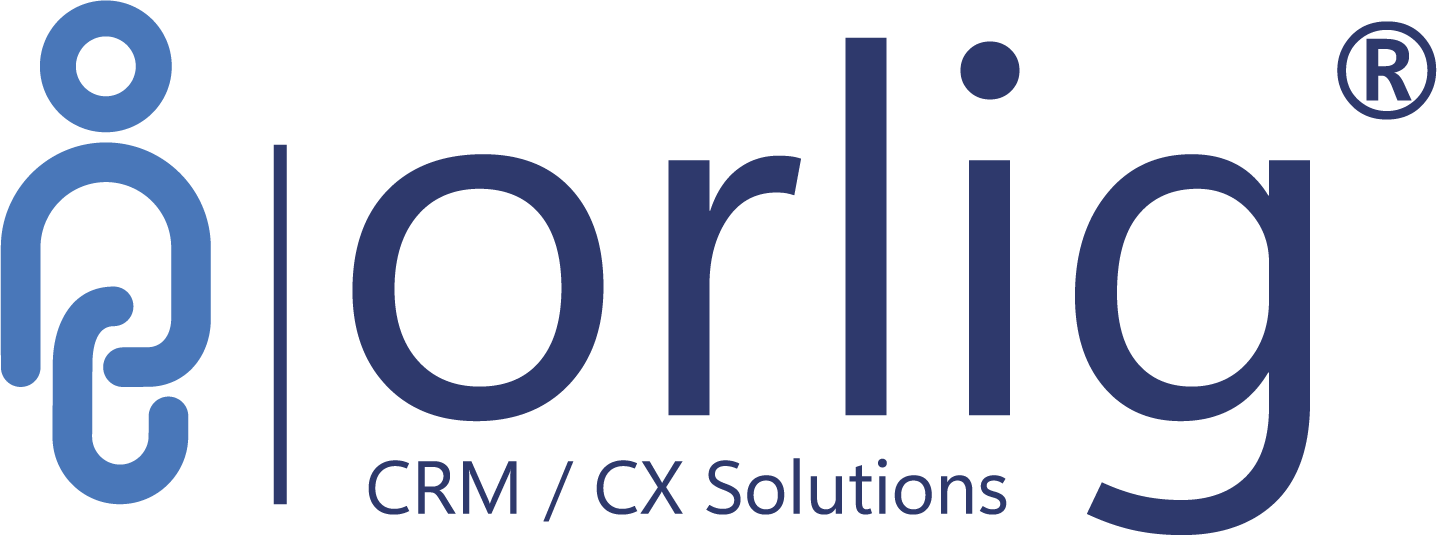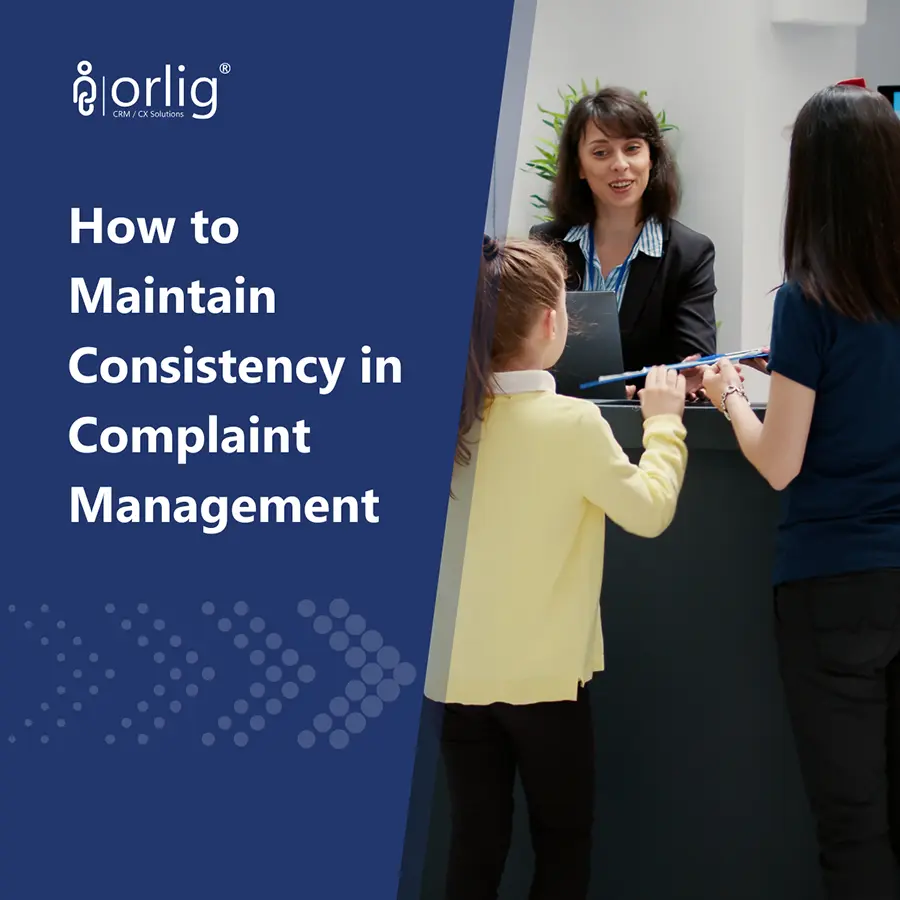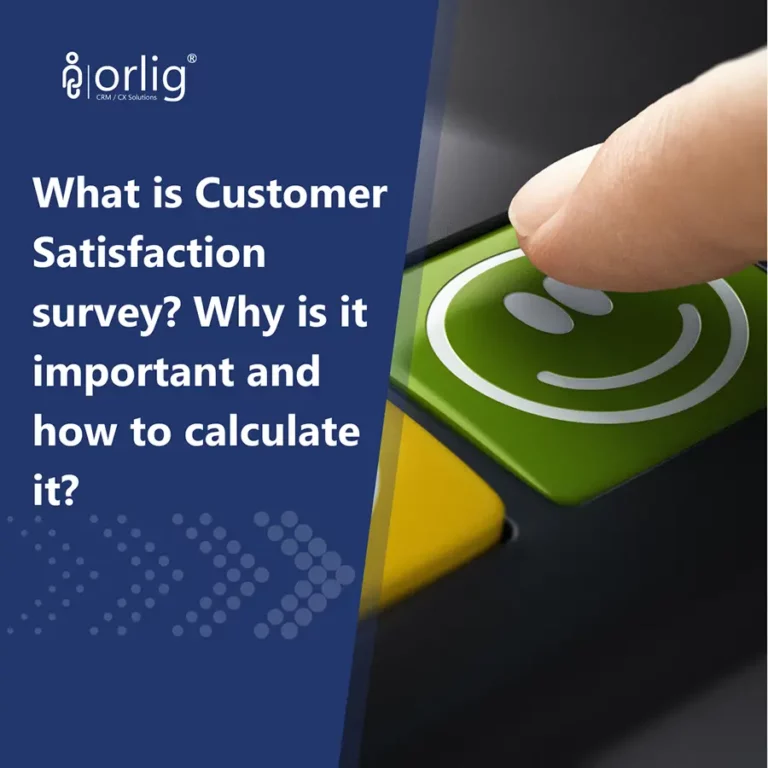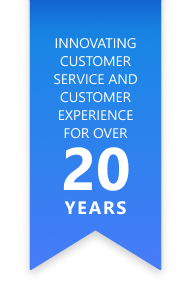
Maintaining consistency in complaint management is crucial for fostering customer satisfaction and trust. A systematic approach ensures that every customer receives the same level of service, and issues are resolved efficiently. This comprehensive guide will outline the key steps and strategies for achieving consistent complaint management in your organization.
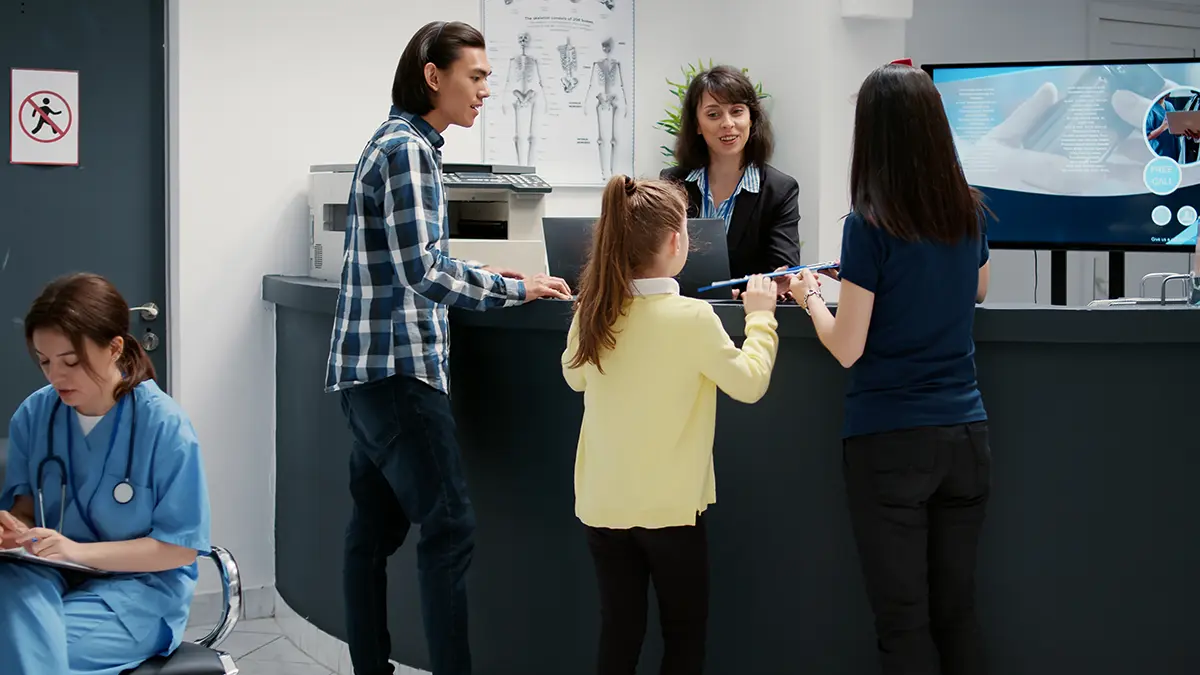
1. Define Your Complaint Management Process
Importance of a Clear Process
A well-defined complaint management process is the foundation of consistency. It provides a structured approach for receiving, responding to, and resolving complaints, ensuring that all team members follow the same procedures and standards. This process should be clearly documented and accessible to all relevant staff.
Key Components of a Complaint Management Process
- Roles and Responsibilities: Clearly define the roles and responsibilities of each team member involved in the complaint management process. This includes identifying who will handle different types of complaints and ensuring they understand their specific duties. Defining these roles helps avoid confusion and ensures accountability.
- Resource Management: Ensure that you have the right people with the appropriate skills in the correct roles. This may involve creating specialized roles or teams dedicated to complaint management. Resources like Indeed’s guide on effective role definition can provide further insights into effective role definition.
- Responsibility Matrix: Utilize tools such as a RACI matrix (Responsible, Accountable, Consulted, Informed) to clarify roles. This tool helps assign specific tasks and responsibilities to team members, ensuring everyone knows their duties and who to report to.
- Steps and Timelines: Outline specific steps for handling complaints, from initial receipt to final resolution, along with the timelines for each step. This ensures timely and organized handling of complaints. Establishing these timelines helps in setting clear expectations for both the staff and the customers.
- Workflow Automation: Implement workflow automation tools to streamline the process. These tools can help in managing timelines, sending automatic updates, and ensuring that no steps are missed. For more on creating a complaint handling process, check out Orlig’s Customer Service.
- Detailed Process Mapping: Create detailed process maps to visualize each step of the complaint management process. This can help in identifying bottlenecks and areas for improvement.
- Communication Channels and Methods: Define the channels through which complaints can be received (e.g., phone, email, social media) and the methods for responding to them (e.g., standardized email templates). Having multiple channels ensures accessibility for customers, while standardized methods maintain consistency in responses.
- Omni-channel Approach: Adopt an omni-channel approach to ensure that customers can reach you through their preferred channels. This approach involves integrating all communication channels to provide a seamless experience. Learn more about establishing effective communication channels from resources like Forbes.
- Response Templates: Develop a set of standardized response templates to ensure consistency in how complaints are acknowledged and addressed. These templates can help in maintaining a professional tone and providing all necessary information.
- Quality Standards and Metrics: Set quality standards and metrics to evaluate the effectiveness of your complaint management process. This includes response times, resolution times, and customer satisfaction scores. Setting these standards helps in maintaining high-quality service and identifying areas for improvement.
- Key Performance Indicators (KPIs): Identify and monitor KPIs related to complaint management, such as average response time, average resolution time, and customer satisfaction scores. These metrics provide a quantitative basis for assessing performance. Read more about setting quality standards from sources like Quality Digest.
- Regular Audits: Conduct regular audits to ensure compliance with established standards and identify areas for improvement. Audits can help in maintaining high-quality service and ensuring that processes are followed correctly.
Avoiding Common Pitfalls
Having a well-defined process helps avoid common pitfalls such as confusion, duplication of tasks, and omission of important steps. It ensures that every complaint is handled professionally and consistently, providing a positive experience for your customers.
- Continuous Improvement: Adopt a culture of continuous improvement where processes are regularly reviewed and updated based on feedback and performance data. This approach helps in keeping the complaint management process relevant and effective.
- Stakeholder Involvement: Involve stakeholders from different departments in the process design and review. This ensures that the process is comprehensive and considers all aspects of the customer experience.

2. Train Your Staff on Complaint Management Skills
The Role of Training in Consistency
Training is crucial for ensuring that all staff members handle complaints effectively and consistently. Well-trained staff are better equipped to manage complaints in a way that meets your organization’s standards and procedures. Training should be an ongoing effort to keep staff updated on best practices and new tools.
Essential Skills for Complaint Management
- Listening Skills: Train staff to listen actively to customer complaints, ensuring they understand the customer’s perspective fully. Active listening involves paying full attention, acknowledging the customer’s feelings, and confirming understanding.
- Empathetic Listening: Encourage staff to practice empathetic listening, where they not only hear the words but also understand the emotions behind them. Resources like MindTools provide tips on improving listening skills.
- Feedback Mechanisms: Implement feedback mechanisms where customers can rate the effectiveness of the listening skills of your staff. This helps in identifying areas for improvement.
- Empathy: Employees should be trained to empathize with customers, acknowledging their feelings and concerns. Empathy can diffuse tension and show customers that their issues are taken seriously. This involves not just understanding but also sharing the feelings of others.
- Role-Playing: Use role-playing exercises to help staff develop empathy. By putting themselves in the customer’s shoes, they can better understand their feelings and concerns.
- Emotional Intelligence Training: Provide training on emotional intelligence to help staff manage their own emotions and respond appropriately to the emotions of others.
- Apologizing and Offering Solutions: Teach staff how to apologize sincerely and offer immediate solutions or compensations to resolve complaints quickly.
- Effective Apology Techniques: Train staff on effective apology techniques, including taking responsibility, offering a solution, and ensuring the customer feels heard.
- Solution-Oriented Approach: Encourage a solution-oriented approach where staff focus on resolving the issue rather than just apologizing. This approach helps in restoring customer confidence.
- Using Tools and Systems: Ensure your staff is proficient in using the tools and systems that support your complaint management process, such as CRM software and complaint tracking systems.
- System Training: Provide comprehensive training on all systems and tools used in the complaint management process. This ensures that staff can use these tools effectively.
- Regular Updates: Keep staff updated on any changes or upgrades to the systems and tools. Regular training sessions can help in maintaining proficiency.
Ongoing Training and Feedback
Training should not be a one-time event. Provide regular feedback and coaching to help staff continuously improve their complaint management skills. Recognize and reward good performance to motivate staff and reinforce positive behaviors.
- Continuous Learning: Promote a culture of continuous learning where staff are encouraged to develop their skills and knowledge. This can include attending workshops, webinars, and other training programs.
- Feedback Loops: Establish feedback loops where staff can provide input on the training programs and suggest improvements. This helps in keeping the training relevant and effective.

3. Monitor and Measure Your Complaint Management Performance
Importance of Monitoring and Measurement
Regular monitoring and measurement help identify gaps and areas for improvement in your complaint management process. This ensures continuous improvement and consistency.
Key Monitoring and Measurement Activities
- Tracking Complaints: Keep track of the number, type, source, and outcome of complaints to identify patterns and recurring issues. This data helps in understanding common problems and areas that need attention.
- Complaint Logs: Maintain detailed logs of all complaints received, including the nature of the complaint, the steps taken to resolve it, and the outcome. This helps in tracking trends and identifying areas for improvement.
- Analytics Tools: Use analytics tools to analyze complaint data and generate reports. These tools can help in identifying patterns and trends that may not be immediately apparent.
- Customer Feedback and Satisfaction: Collect and analyze customer feedback and satisfaction scores to gauge the effectiveness of your complaint resolution efforts. Customer surveys and follow-up calls can provide valuable insights.
- Surveys and Questionnaires: Use surveys and questionnaires to gather feedback from customers. This feedback can help in assessing the effectiveness of your complaint management process.
- Net Promoter Score (NPS): Implement NPS surveys to measure customer satisfaction and loyalty. This metric provides a quick and easy way to gauge how well you are meeting customer expectations.
- Audits and Reviews: Conduct regular audits and reviews of your complaint management process to identify inconsistencies and errors. For tips on conducting effective audits, refer to resources like Harvard Business Review.
- Internal Audits: Perform internal audits to ensure compliance with established standards and procedures. These audits can help in identifying areas for improvement.
- Third-Party Audits: Consider engaging third-party auditors to provide an independent assessment of your complaint management process. This can help in identifying blind spots and areas for improvement.
Utilizing Data for Improvement
The data collected from monitoring and measurement should be used to make informed decisions about improvements to the complaint management process. This could involve revising procedures, providing additional training, or addressing specific issues that are identified.
- Data-Driven Decision Making: Use the insights gained from data analysis to drive decision making. This ensures that improvements are based on actual data rather than assumptions.
- Continuous Improvement Plans: Develop and implement continuous improvement plans based on the data collected. These plans should outline specific actions to be taken to address identified issues.

4. Learn and Improve from Your Complaints
Using Complaints as Learning Opportunities
Complaints should be viewed as opportunities to learn and improve your customer experience. Address not only the individual complaints but also the root causes to prevent recurrence. This approach ensures that you are not just fixing the symptoms but also curing the disease.
Strategies for Continuous Improvement
- Root Cause Analysis: Identify the underlying issues that lead to complaints and implement preventive measures. This involves looking beyond the immediate problem to understand why it occurred.
- 5 Whys Technique: Use the 5 Whys technique to drill down into the root cause of complaints. This involves asking “why” repeatedly until you reach the fundamental cause of the issue.
- Fishbone Diagram: Also known as Ishikawa or cause-and-effect diagrams, these can help in visually mapping out the potential causes of a problem. This can lead to a clearer understanding of the root causes and help in developing effective solutions.
- Implementing Changes: Use customer feedback to make necessary changes or innovations in your products, services, or processes. This ensures that the same issues do not arise repeatedly.
- Action Plans: Develop action plans based on the insights gained from root cause analysis. These plans should outline specific steps to be taken, responsible persons, and timelines for implementation.
- Continuous Improvement Models: Adopt continuous improvement models such as Kaizen or Six Sigma to systematically address and resolve issues. These models provide a structured approach to problem-solving and process improvement.
- Feedback Loops: Establish feedback loops to ensure that the insights gained from complaints are used to drive continuous improvement. This means that the feedback collected from customers should be analyzed and acted upon promptly.
- Customer Advisory Boards: Form customer advisory boards to provide regular feedback on your products and services. This can help in identifying issues early and developing solutions collaboratively.
- Internal Feedback Mechanisms: Create internal feedback mechanisms where employees can report recurring issues or suggest improvements. This can be done through regular meetings, suggestion boxes, or dedicated feedback platforms.
- Employee Involvement: Involve employees in the improvement process by encouraging them to provide input and suggestions based on their experiences with handling complaints. This can lead to practical and effective solutions.
- Workshops and Brainstorming Sessions: Organize workshops and brainstorming sessions to generate ideas for improvement. These sessions can help in harnessing the collective knowledge and experience of your team.
- Recognition Programs: Implement recognition programs to reward employees for their contributions to process improvement. This can motivate them to actively participate in the improvement efforts.
Benefits of Learning and Improving
By continuously learning and improving from complaints, you can reduce the frequency and severity of issues, enhance customer satisfaction, and build long-term loyalty. This proactive approach demonstrates your commitment to providing a high-quality customer experience.
- Enhanced Customer Loyalty: Customers are more likely to remain loyal to a company that actively seeks to improve and address their concerns. This can lead to increased customer retention and positive word-of-mouth.
- Improved Brand Reputation: A company that is known for its commitment to quality and customer satisfaction will enjoy a stronger brand reputation. This can attract new customers and provide a competitive advantage.
Expert Insights
Yash R: The Crucial Role of Complaint Management
Complaint management is critical for identifying and addressing issues within an organization. It starts with identifying the problem, reviewing the process that led to the complaint, and implementing preventive measures to avoid repetition. This approach ensures that complaints are not just resolved but also serve as a basis for continuous improvement.
- Issue Identification: Focus on accurately identifying the issue that led to the complaint. This involves thorough investigation and understanding of the problem.
- Process Review: Regularly review your complaint management processes to identify any weaknesses or areas for improvement. This can help in preventing similar issues in the future.
Yvonne Ng: Holistic Approach to Complaint Management
Having a dedicated complaint unit is essential, but it’s equally important to ensure prompt responses. A task force comprising stakeholders from various frontline and customer-facing teams can help streamline and consolidate processes across the organization. This holistic approach prevents complaints from being siloed by department and ensures a more coordinated response.
- Cross-Functional Teams: Form cross-functional teams to handle complaints. This ensures that different perspectives are considered and that the best possible solution is developed.
- Unified Processes: Develop unified processes that are consistent across all departments. This helps in maintaining a consistent approach to complaint management.
Daniel Khaw: Balancing Customer Satisfaction
While implementing processes, SLAs, and feedback mechanisms is important, consistency can vary across different communication channels and complaint priorities. Each complaint may require multiple communications for resolution. Balancing customer satisfaction across all complaints is key, recognizing that a one-size-fits-all approach is not feasible.
- Channel Consistency: Ensure that the same level of service is provided across all communication channels. This involves training staff to handle complaints consistently, regardless of the channel.
- Priority Handling: Develop priority handling protocols to ensure that urgent complaints are addressed promptly. This helps in managing customer expectations and maintaining satisfaction.
- Simulation Exercises: Conduct simulation exercises to provide hands-on experience in handling complaints. This helps staff to develop the necessary skills and confidence.
- Feedback and Coaching: Provide regular feedback and coaching to help staff improve their complaint handling skills. This ensures continuous improvement and development.
Conclusion
Maintaining consistency in complaint management is essential for building trust with customers and enhancing their satisfaction. By defining a clear process, training your staff effectively, monitoring and measuring performance, and continuously learning and improving from complaints, you can ensure a high level of consistency in your complaint management efforts.
Implementing these strategies will not only resolve individual complaints but also improve your overall customer experience, leading to increased customer loyalty and long-term success for your organization.
